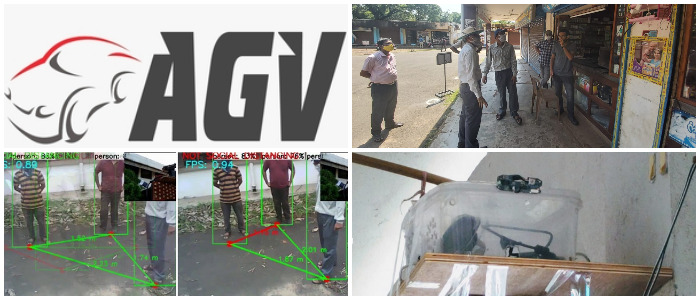
IIT Kharagpur Students Innovate Social Distance Tracking Device
India Today Financial Express Edex Live Hindustan Times Outlook NDTV The New Indian Express Business Standard Times of India Economic Times Business Insider The Week Yahoo News Republic World Moneycontrol Millennium Post Tribune Mathrubhumi Sangbad Pratidin IIT Kharagpur’s Autonomous Ground Vehicle (AGV) research group under the Centre of Excellence for Robotics Research has developed a low-cost AI-based cyber-physical system for monitoring social…
